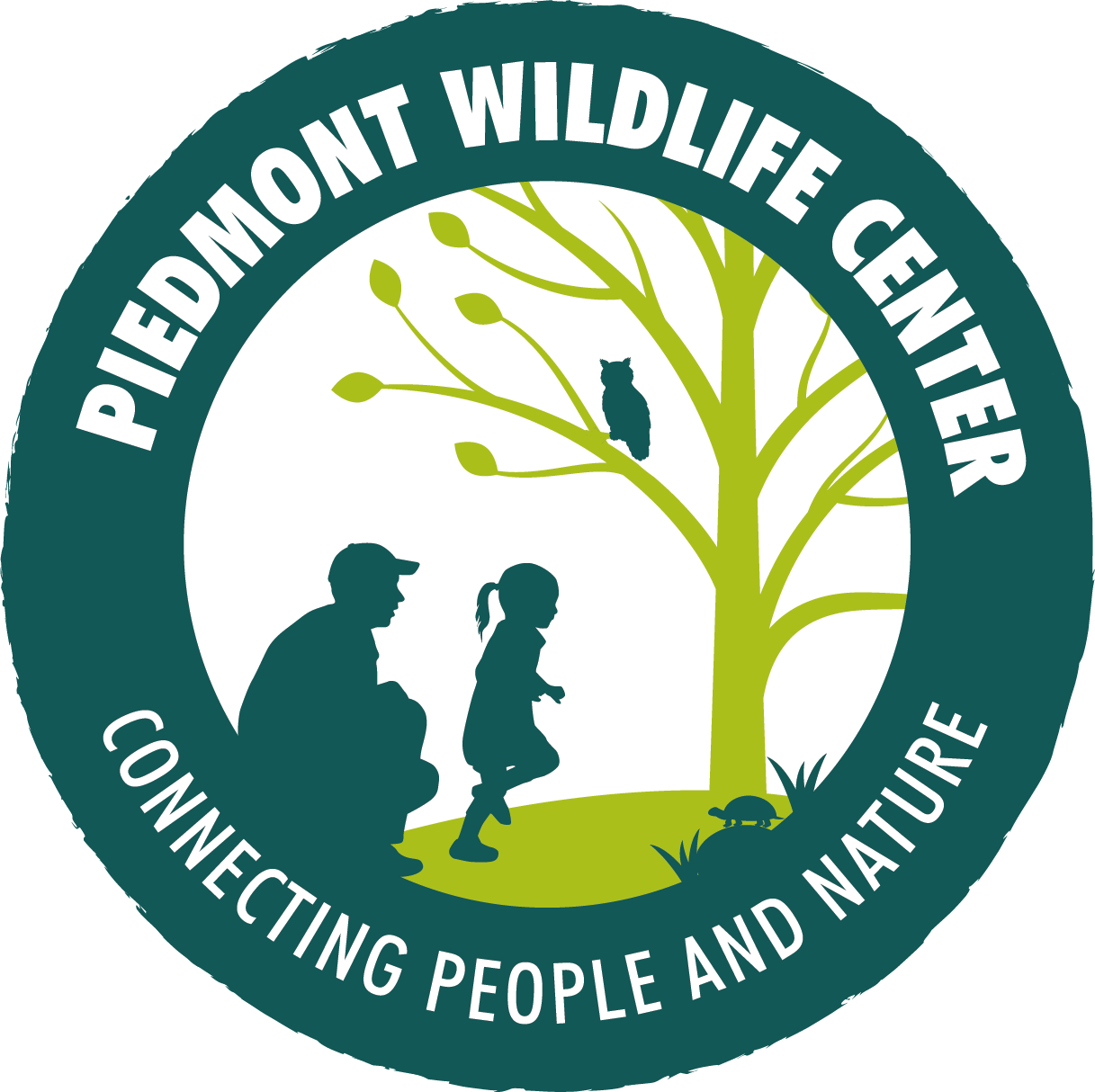Flowering dogwood, Cornus florida. Photo by Karen McCall.
Join our Executive Director, Karen McCall, as she journeys outside amid the spring rains to bring us another installment in our Plant Magic series. In this installment, we explore some classic beauties and learn how we can incorporate them into our diet and our yard!
As we begin the month of April, my eyes have been drawn to a small tree whose flowers dance with moonlight and sun in the understory of the woods near me. Scanning the ground, I am greeted by a lovely burst of color from the hues of purple flowers in my yard.
The flowering dogwoods, Cornus florida, North Carolina’s state flower, consists of four white “petals”. These are actually bracts (a modified leaf that protects the flower within the bud) surrounding a cluster of not just one, but many very small greenish flowers in the center! The bark of the tree is corky and dark colored. For many, this tree is a symbol of spring, but also has been an important symbol in many cultures and religions. The twigs were chewed on to brush teeth, and sources say different parts of the plant were used medicinally as an antimalarial, pain-reducer, and anti-inflammatory to name a few.
As you walk along roadsides, old fields, or forest edges, you will hopefully come across our friends, the violas, or violets as they are often called.The purple violet, Viola papillionacea or Viola sororia, has smooth heart-shaped leaves and purple (sometimes called blue) petals with a lighter “eye” or center with a whitish yellow hue. The flowers can be eaten making a beautiful accent to salad, or candied and put on top of desserts or decorations for the plate. Not all violas are edible so before you pick any plant, always make sure to identify the plants by at least 3 characteristics; if on someone’s property, ask; make sure they are not growing on roadsides or places where insecticides or pesticides have been used and only take 1 for every 10 you see. Be thankful for the plant, if you decide to try them!
April is National Garden Month and Native Plant Month! If you’re interested in welcoming native plants like these into your own garden, consider supporting both your local ecosystem and Piedmont Wildlife Center by buying plants from Garden for Wildlife by National Wildlife Federation! 15% of each purchase you make through our referral link will be donated directly to Piedmont Wildlife Center to help us connect more people with nature.
Purple violet, Viola papillionacea. Photo by Karen McCall.














